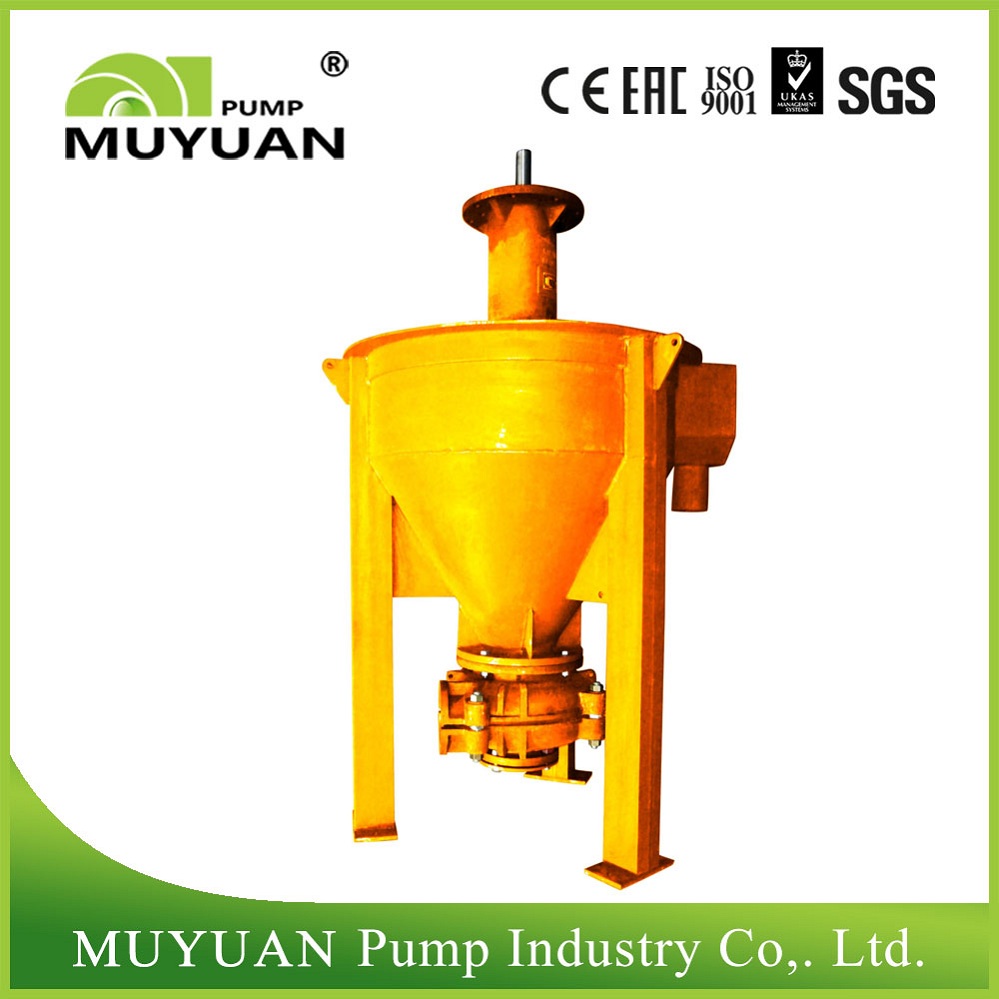The international oil market has been in a prolonged slump, which has made the fuel ethanol industry cautious in its development. This is partly due to the fact that high crude oil prices previously drove the growth of the sector, but now with falling oil prices and new domestic policies, the industry faces increased pressure. At the 2006 International Biofuels Conference, Liu Qun from the National Development and Reform Commission warned that the domestic fuel ethanol sector was showing signs of overinvestment. The government plans to adjust support based on four key indicators: resource availability, technology, environmental impact, and energy efficiency.
In response, the state reduced ethanol subsidies from 1,883 yuan per ton in 2005 to 1,628 yuan in 2006, and further to 1,373 yuan in 2007. By 2008, more adjustments were expected. Analyst Yu Kai from Wuhan New Land Securities noted that the reduction in subsidies aims to push companies to cut costs and focus on non-grain-based ethanol production. Only by moving beyond traditional methods reliant on food crops can companies reduce their production costs effectively.
While some firms may gain an advantage through lower costs and higher efficiency, market adaptability remains crucial. Despite short-term challenges, long-term optimism about fuel ethanol persists. China’s growing economy has led to increased oil imports and dependency, making alternative fuels like ethanol essential for balancing energy demand and supply.
Currently, corn is the primary feedstock for ethanol production in China, making it expensive compared to gasoline. However, experts argue that the decline in oil prices should not deter investment in ethanol, as it also supports environmental goals and agricultural development. With rising energy demand and limited oil resources, the need for alternatives will only grow.
Companies are exploring new raw materials such as cassava, sugarcane, and even agricultural waste to reduce costs. Henan Tianguan, for example, has started a fiber ethanol project, marking a significant step toward non-food-based production. Although initial costs are high, scaling up could bring them down.
With the government limiting new projects and focusing on existing players, expansion and efficiency will become key. Mergers and acquisitions are likely as companies seek to strengthen their positions. Fengyuan Biochemical, for instance, is looking to partner with strategic investors like Zhonggaoxin and COFCO to address capital and operational challenges.
Overall, while the industry faces short-term hurdles, the long-term outlook remains positive. With policy shifts and technological advancements, fuel ethanol is set to play a critical role in China’s energy future.
Flotation Froth Pump

Product Introduction:
The MF series froth slurry pump is typically used to convey abrasive or corrosive frothy slurries. A typical feature of this vertical Centrifugal Slurry Pump is the double-casing design which is centerlined splited. This wet parts of vertial froth slurry pumps are replaceable and made of abrasion resistant high chromium. Depending on your specific pumping task, we can apply rubber and polyurethane to construct the internal pump liner and Impeller.
Because of its special design of the impeller, this forth slurry pump is widely used in the copper and gold mining as the flotation, mineral concentration and oil sand.
Product Features:
-Submerged in liquid, delivering abrasive & corrosive slurry which contains froth.
-Double casing structure
-No shaft seal and flushing water
-The parts immersed in liquid can be wear resistant metal or rubber
-Easy to maintain
Technical Parameter:
Size: 50mm to 150mm
Capacity: 7-200 m3/h
Maximum head: 10-26 m
Flotation Froth Pump,Centrifugal Sump Pump,Screen Area Sump Pumps,Abrasion Resistant Sump Pump
SHIJIAZHUANG MUYUAN INDUSTRY & TRADE CO., LTD. , https://www.cnmuyuan.com
